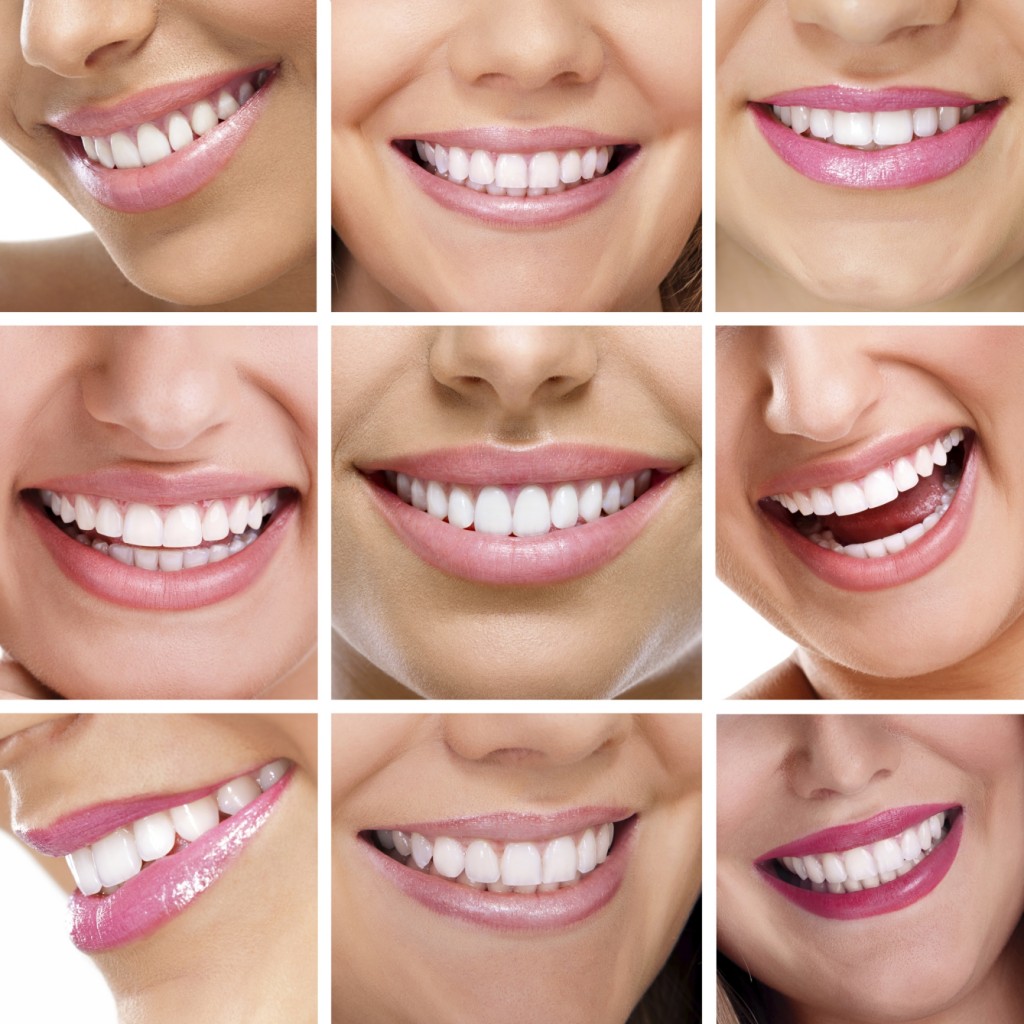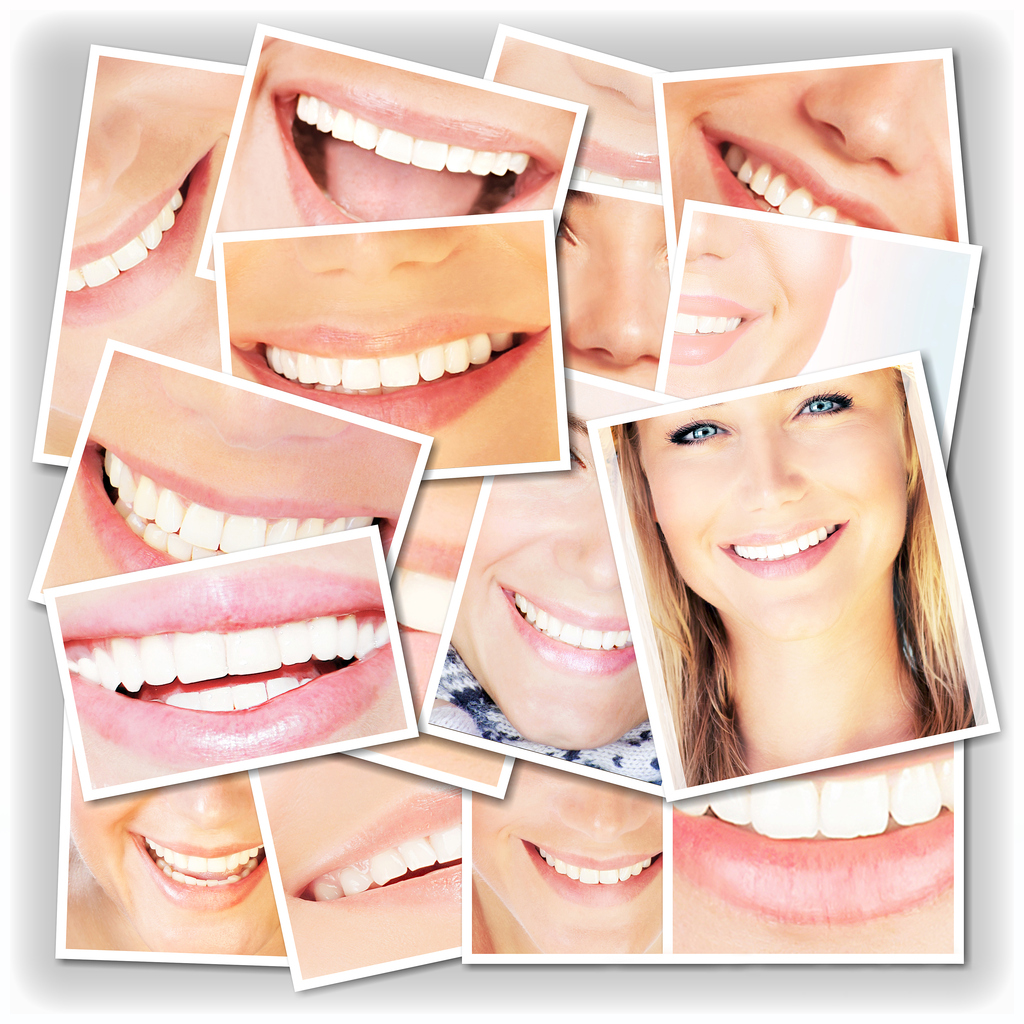
We know that the dentist will keep our smiles healthy, but they are also here to improve your smile through the use of cosmetic dentistry. But what exactly is cosmetic dentistry and how does it benefit you and your smile? Let’s take a second to break down the various procedures and how they can improve your smile. Common cosmetic procedures include the following:
- Composite white fillings repair cavities without having silver filling in the mouth. Existing metal fillings can be replaced with modern white resin
- Bonding uses composite resin to help change the size, shape, or color of teeth. Because it attaches to teeth in the same way that composite fillings attach, bonding can be used to fix chips on visible front teeth.
- Teeth that are discolored or stained can be whitened – either in the office or using take-home trays
- Veneers are a thin layer of porcelain on top of the tooth that can be used to change tooth shape, size, or color.
- Crowns can be used as a cap on top of teeth damaged by cracks or decay
- Orthodontics – either traditional or Invisalign – can be used to permanently straighten teeth.
- Gum tissue can be surgically altered – either added via grafts to help with recession, or removed to create a more appealing tooth length
- For missing, broken, or severely damaged teeth, full implants can be used to provide a replacement tooth
Because modern dentists have implants as a final catchall, virtually any problem can be solved given enough time and room in the patient’s budget. However, your dentist will be able to guide you through the process, creating a treatment plan that maps the various procedures and prioritizes them for maximum effectiveness.
Visit Dr. Kirtley today and schedule an appointment to maintain a healthy smile. Call 317-841-1111 or www.smilesbygeorge.com.
Dr. George Kirtley proudly serves Indianapolis and all surrounding areas.

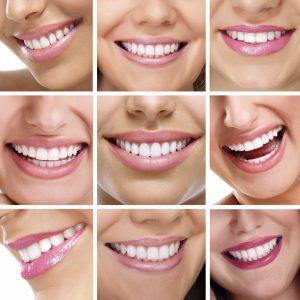 Is your smile everything you want it to be? Do you have some teeth that could use a fix or two? If you have some flaws to your smile that make you feel self-conscious, it may be time for a
Is your smile everything you want it to be? Do you have some teeth that could use a fix or two? If you have some flaws to your smile that make you feel self-conscious, it may be time for a 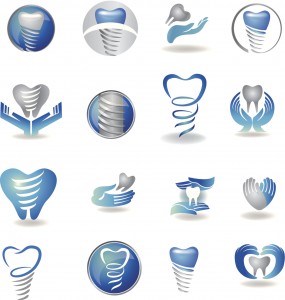 We all know a person’s smile is one of the first things you see when meeting someone. Some are lovely, some need work, but their smile is unique and what sets them apart from the rest. But say something unfortunate happens and you lose a tooth or two. Chances are, it is going to affect your overall demeanor. Because we know it’s a major first impression, if you don’t have a full set of pearly whites, you may be more apt to not want to show off your teeth. Don’t worry. Most adults have lost a couple of teeth already, either to decay or some form of accident. Couldn’t tell, could you? Yes, it’s true. And if you’re wondering how some adults have managed to hide their missing teeth – it’s because of
We all know a person’s smile is one of the first things you see when meeting someone. Some are lovely, some need work, but their smile is unique and what sets them apart from the rest. But say something unfortunate happens and you lose a tooth or two. Chances are, it is going to affect your overall demeanor. Because we know it’s a major first impression, if you don’t have a full set of pearly whites, you may be more apt to not want to show off your teeth. Don’t worry. Most adults have lost a couple of teeth already, either to decay or some form of accident. Couldn’t tell, could you? Yes, it’s true. And if you’re wondering how some adults have managed to hide their missing teeth – it’s because of 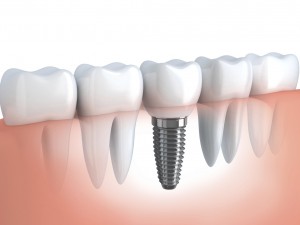 As far as missing teeth go, you have three dental options to choose from, namely dental implants, bridges and dentures. Each one of the three has its own set of distinct advantages and disadvantages. However, of all three options, dental implants are considered as a much better option.
As far as missing teeth go, you have three dental options to choose from, namely dental implants, bridges and dentures. Each one of the three has its own set of distinct advantages and disadvantages. However, of all three options, dental implants are considered as a much better option.